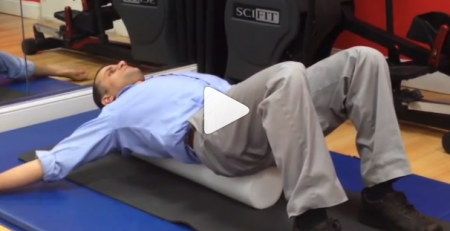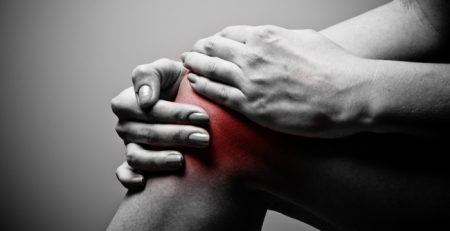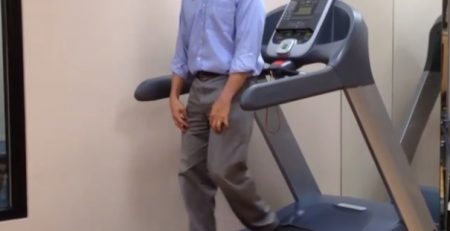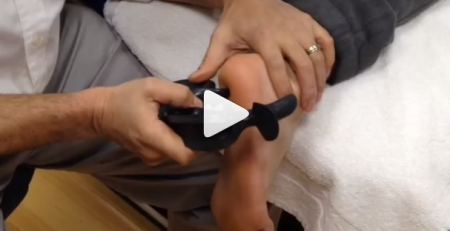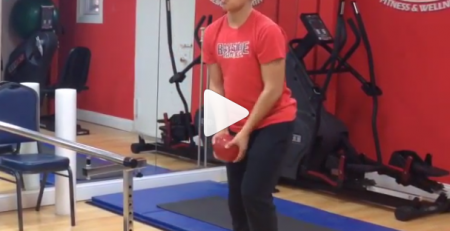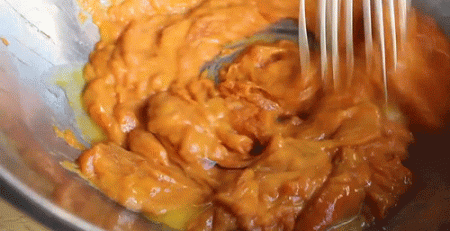Causes for back Pains and Remedies.
Sprain/Strain
A sprain means an injury to a ligament, and ligaments support the spine, including its joints—the facet joints. A strain is a muscle and/or tendon injury. Tendons connect muscle to a bone. A spinal sprain or strain can happen if you fall, use poor body mechanics (eg, lifting and twisting simultaneously), during a car accident, and many other ways. These are usually quite painful and may temporarily limit movement.
Spinal Nerve Compression
When a spinal nerve root is compressed, entrapped, or pinched it becomes inflamed and starts to send messages the brain interprets as pain. In the illustration (below) of a cervical (neck) spine segment, many different disorders are causing nerve compression: a herniated disc, thickened ligament, and bone spurs (also called osteophytes).
Lumbar Herniated or Bulging Disc
A herniated disc is illustrated in the picture above. There the contents of the disc (nucleus pulposus) have spilled out through the disc’s tough protective outer layer (annulus fibrosus). The nucleus pulposus is compressing a spinal nerve root and may cause back pain, with or without leg pain. Depending on the severity of nerve compression or damage, and where in the lower back the disc herniation has occurred, the patient may develop buttock, thigh, and leg pain. The location of back pain is generally diffuse and not located in a specific area. However, leg pain typically follows specific dermatomal patterns consistent with specific nerve root irritation.
Sacroiliac Joint Dysfunction
The “keystone” of the pelvis is the sacrum. Where the sacrum and the ilium meet at the left and right sides of the back are the sacroiliac (SI) joints. These joints are supported by strong ligaments. The actual amount of joint movement is very small. SI joints may move too much or not enough. When the SI joint does not function properly, the symptoms include lower back pain and proximal leg pain.
Ice first, heat later.
As a pain reliever, ice works great. It temporarily blocks pain signals and helps reduce swelling. Several times a day, lay an ice pack wrapped in a towel on the painful area for up to 20 minutes. Alternatively, you can use a bag of frozen peas or corn. During the first few days of home treatment, apply the ice pack as frequently as necessary. Later you may still want to use ice after exercise or physical activities. After about 48 hours, switch to moist heat to stimulate blood flow and reduce painful spasms. Dip a towel in very warm water, wring it out, then flatten and fold it. Lie on your stomach with pillows under your hips and ankles. Place the towel across the painful area, cover the towel with plastic wrap, then put a heating pad—set on medium—atop the plastic. Leave it on for up to 20 minutes. You can repeat this three or four times a day for several day
Perfect your posture
Look for the posture that places the least stress on your back. To do it, stand straight with your weight evenly balanced on both feet. Tilt your pelvis forward, then back, exaggerating the movement. Then settle into the position that feels most comfortable. Now “work your way up” your back, focusing on one area at a time. First concentrate on the area near your waist, then your chest area, and finally your neck and shoulders. Try to feel which position is least stressful and most comfortable. This is the position to maintain when you’re standing, walking, and beginning or ending any exercise.
Rise and shine.
Each morning before you get out of bed, lie on your back and slowly stretch your arms overhead. Gently pull your knees to your chest, one at a time. To rise, roll to the edge of your bed, turn on your side, put your knees over the edge, and use one arm to push yourself up as you let your feet swing to the floor. Once you’re on your feet, put your hands on your buttocks and lean back very slowly to stretch out your spine.
Rub in some relief.
Ask a partner to massage the aching area. If you want to use a “back rub” cream or ointment, go ahead, but use caution, as most topical creams produce skin irritation after a few applications. For a simple back-massage aid, stuff several tennis balls into a long sock, tie the end of the sock, and have your partner roll it over your back.


